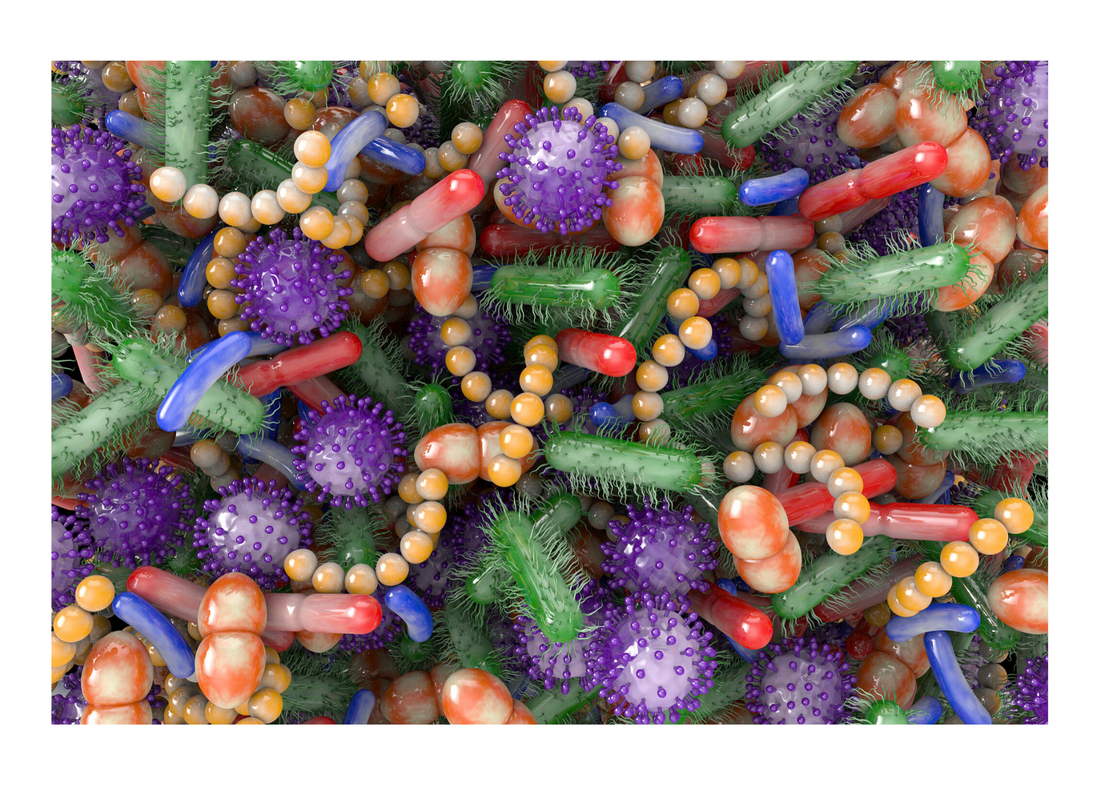|
Fluids IQ is a private lab in Toronto which we use at the wellness centre. They test things such as gut permeability, inflammation, food sensitivities, candida, adrenal health, female and male hormones and so forth. Labs like this allow clients to do tests comfortably from home and mail specimens directly to the lab. With my up-coming talk at the Vancouver Health Show about raising immunity in children (February 2nd at 2pm - Vancouver convention centre), I thought that this article about the micro biome in infants was quite informative. I have copy and pasted it directly from Fluids IQ, along with the reference list. In recent years, the role that delivery method plays in the acquisition of a newborn’s gut microbiome has been an increasingly active topic1, 2. Vaginal and cesarean section deliveries have been previously shown to result in differences in the microbiome between the two in infancy, childhood and beyond.The exact role of a baby’s gut bacteria, however, is still unclear and it is not known if these differences at birth have any major effect on later health.
A new study-the largest ever of neonatal microbiomes - has been published through the ‘Baby Biome Study’3. It shows that the microbiome of vaginally delivered newborns does not come from the mother’s vaginal bacteria, as previously believed, but from the mother’s gut. This is due to the fact that during birth the newborn will come in contact with bacteria from the mother’s gut, in large part from contact with the mother fecal contents. In contrast, babies born through cesarean section have gut microbiomes that are predominantly colonized by bacteria representative of the hospital environment and more likely to have antimicrobial resistance. This recent large study used 1,679 samples of gut bacteria from nearly 600 healthy babies and 175 mothers. Fecal samples were taken from babies aged four, seven, or 21 days old, after vaginal or caesarean delivery. Some babies were also followed up later, up to one year of age.The differences in the microbiomes were largely evened out by one year old, although the authors note that large follow-up studies are needed to determine if the early differences influence later health outcomes. For the babies born via caesarean, the researchers isolated, grew, and sequenced the genomes of more than 800 potentially pathogenic bacteria, confirming that they were the same as strains causing a number of bloodstream infections. Although these bacteria don’t usually cause disease while in the gut, they can cause infections if they get into the wrong place, or if the immune system fails. In addition, most women having a cesarean are now offered antibiotics before the delivery, to help prevent the mother developing postoperative infections, meaning that the baby also receives a dose of antibiotics via the placenta. This could also cause some of the microbiome differences seen between the two birth methods. The authors of the ‘Baby Biome Study’ state that the first weeks of life are a critical window of development of the baby’s immune system, but that very little is known about it. A follow up to this study is needed, looking at these babies as they grow, to see if early differences in the microbiome lead to any health issues. This could help in understanding the role gut bacteria play in early life and could help in the development of therapeutics to create a healthy microbiome. References: 1. Dominguez-Bello, M. G. et al. Delivery mode shapes the acquisition and structure of the initial microbiota across multiple body habitats in newborns. Proc. Natl Acad. Sci. USA 2010,107, 11971-11975. 2. Wampach, L. et al. Birth mode is associated with earliest strain-conferred gut microbiome functions and immune-stimulatory potential. Nat. Commun2018, 9, 5091. 3. Shao, Y. et al. Stunted microbiota and opportunistic pathogen colonization in caesarean-section birth. Nature 2019, 574, 117-121.
0 Comments
|
Petra Sovcov is not a Medical Doctor (MD) nor a Naturopath (ND), she is a Clinical Herbal Therapist (CHT) and holds a Doctorate in Natural Medicine (DNM). The suggestions or recommendations made on this site are not meant to be a substitute for advice from your MD, or as a substitute for any prescriptions you may be taking. Suggestions followed will be the responsibility of the reader, and are stated with the intention of interest and education only. If you have a health issue, please see your primary care physician (MD) first and foremost. Categories
All
Archives
July 2024
|


 RSS Feed
RSS Feed